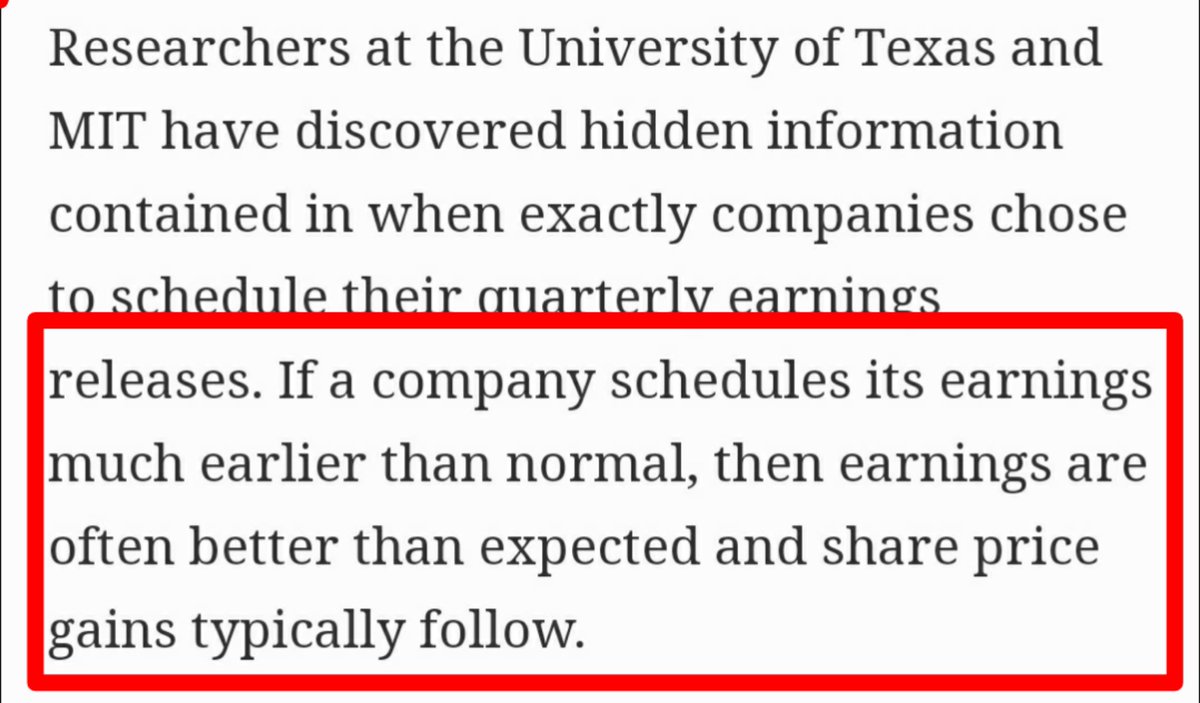StarFoxisDown!
Well-Known Member
I fail to see how paying for a few staff to cover each 10 spare mile area, is "drastically more unprofitable" than the current ridesharing model of having to pay dozens/hundreds of humans to drive dozens/hundreds of taxis in that same 10 square mile area.
Yes it wouldn't be able to compete with a robotaxi service that requires no humans, but currently there is no such service that fits that description.
Sorry I updated my response....see Edit #2. Every 10 sq mile is not equal. 10 sq miles here in Seattle will require a huge team of people constantly monitoring changes and then a very huge team of remote drivers. Fundamentally, as long as Waymo requires remote drivers due to the high number of taxi's needed in service in a heavy populated area like here...it's doing nothing different than Uber. It's just moving one human role to another. And because their approach doesn't depend on FSD being situationally aware and able to adjust, it means they will always need remote drivers. Because the roles of constantly updating their maps and being a remote driver require technical knowledge, they will not be able to pay rideshare wages....definitely not here in Seattle. If they ever actually launch service in a expensive cost of living location like Seattle, they will bleed money unless they get to massive scale.
Edit: In order to not go off topic, I'll let this be my last comment on Waymo. Some people will give them a better chance than I do. I just don't see it.
Last edited:




